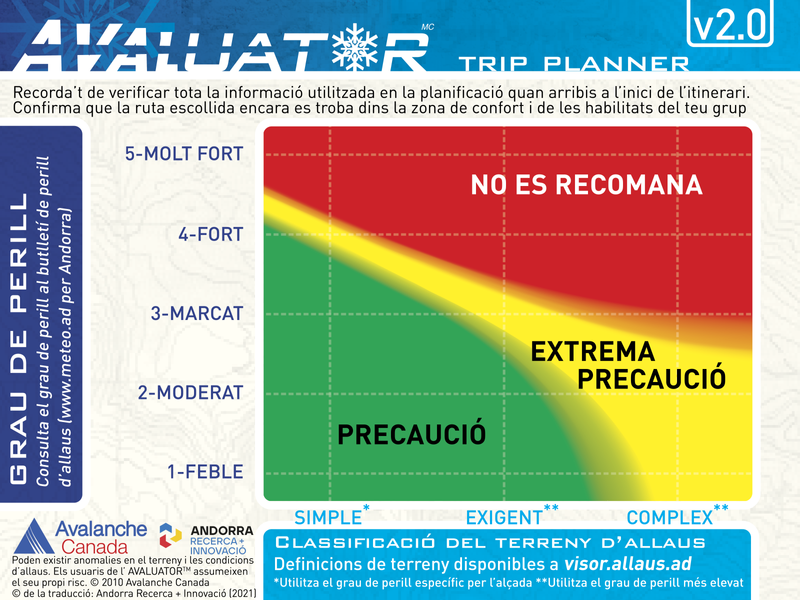Refugi de l'Illa per Pessons
General Description
La ruta d'avui comença des del refugi de l'Illa, on hem fet nit i gaudit d'aquest gran refugi d'alta muntanya. Sortim del refugi en direcció a l'estany de l'Illa. Seguirem el GR7 (marques blanques i vermelles). Continuem direcció la Portella dels Pessons, el camí comença a ser més exigent per la forta pendent fins a la Portella. Seguim l'itinerari, el camí planeja amb unes vistes espectaculars als estanys de Pessons al nord i a l'estany de l'Illa al sud. Quan comencem el descens al Circ de Pessons a pocs metres més endavant trobem un cartell amb les indicacions de "camí d'Ensagents - Madriu", nosaltres agafarem el camí que baixa per la dreta, per una petita tartera. El camí és un xic tècnic per la forta pendent i les pedres. Continuem seguint les fites fetes amb pedres, anirem trobant diferents estanys i seguint el riu arribarem a l'estany de Pessons i l'estació d'esquí de Grau Roig. Seguim direcció la collada de Montmalús, pendent constant i exigent. Un cop a dalt comencem el descens, podrem veure l'estany i el refugi de Montmalús als nostres peus. La baixada és un xic tècnica, vigileu els turmells. Arribem al refugi i l'estany i continuarem direcció Vallcivera, hem d'estar atents a les fites i marques blanques i vermelles (GR11). Ens trobem un ambient molt salvatge i amb unes vistes increïbles. Agafem forces, l'última pujada fins a l'estany de l'Illa és molt pronunciada i constant. Finalitzarem el recorregut arribant a l'estany i seguidament al refugi de l'Illa de nou.


 Routes and points of interest
Routes and points of interest  Agenda and events
Agenda and events  contact
contact 





















